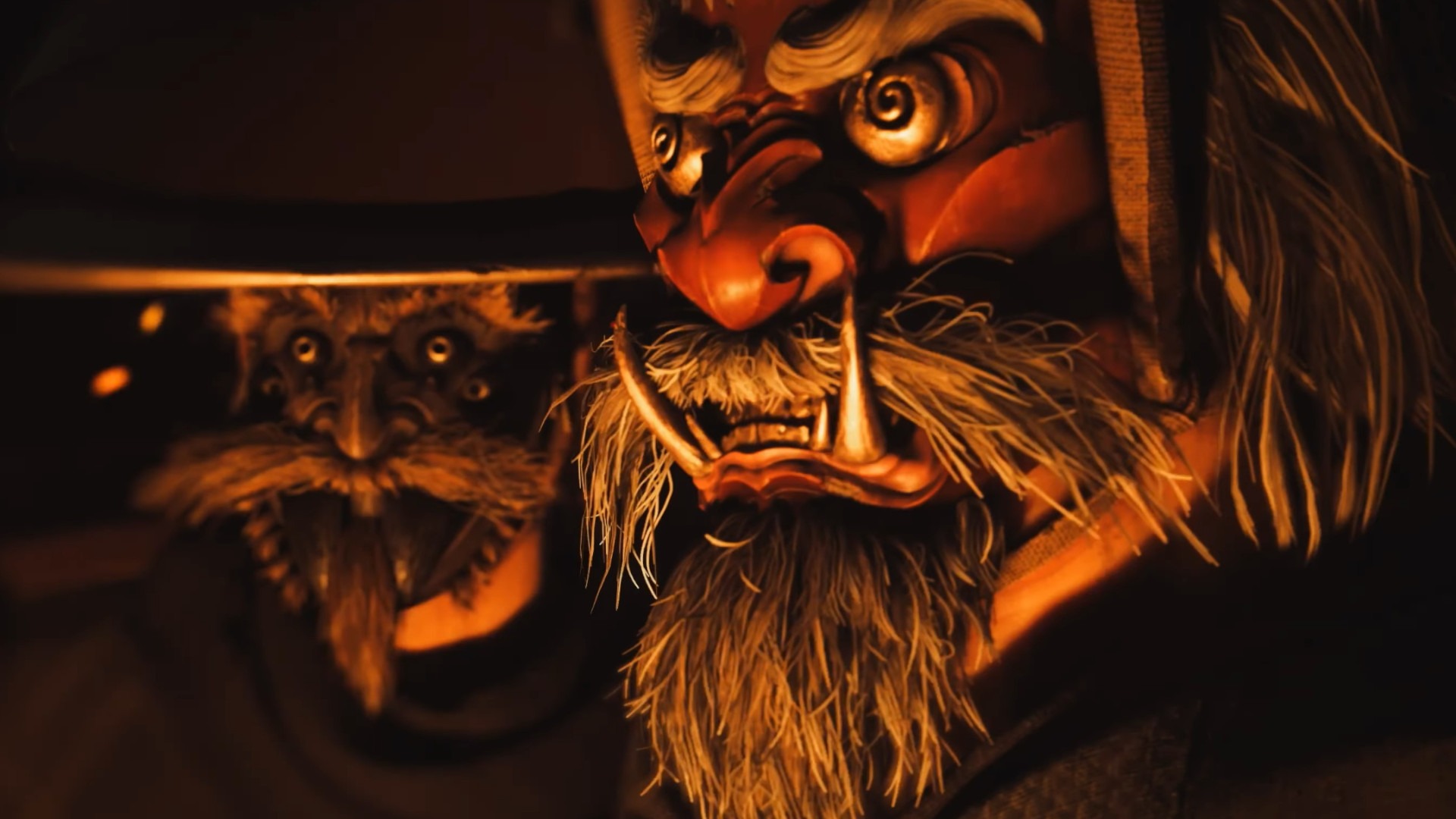Historical Authenticity and Modern Danger: Why Ghost of Yōtei’s Fox Petting is ‘Proper’ Research
Popular Now
 Poppy Playtime
Poppy Playtime
 Black Myth: Wukong
Black Myth: Wukong
 FIFA 23
FIFA 23
 BeamNG.drive
BeamNG.drive
 Schedule I
Schedule I
 Stumble Guys
Stumble Guys
 Warframe
Warframe
 Candy Crush Saga
Candy Crush Saga
 Free Fire Max
Free Fire Max
 Gacha Club
Gacha Club
 SEO Keywords: Ghost of Yōtei fox petting, Echinococcus tapeworm, Hokkaido red fox, historical accuracy in video games, Japanese wildlife safety, Ghost of Tsushima sequel, Sucker Punch Productions.
SEO Keywords: Ghost of Yōtei fox petting, Echinococcus tapeworm, Hokkaido red fox, historical accuracy in video games, Japanese wildlife safety, Ghost of Tsushima sequel, Sucker Punch Productions.
The beloved ability to pet a fox, a returning feature in the Ghost of Tsushima sequel, Ghost of Yōtei, has sparked a fascinating discussion about historical accuracy versus modern-day wildlife safety. A Japanese biologist has reportedly praised the game’s inclusion of the mechanic, claiming it demonstrates “proper historical research,” despite the fact that touching a wild fox in the game’s real-world setting of Hokkaido today would be extremely dangerous.
The Historical Justification: No Tapeworms in 1603
Ghost of Yōtei is set in 1603 in the region of Ezo (modern-day Hokkaido). The primary reason an expert considers the game’s fox petting historically accurate is directly related to a modern-day health threat: the Echinococcus tapeworm.
- The Threat: The Ezo red fox in modern Hokkaido is a known carrier of the Echinococcus tapeworm, which can cause a serious parasitic infection called echinococcosis in humans, potentially leading to lethal cysts in the organs.
- The History: The Japanese biologist noted that the parasite was artificially introduced to Hokkaido via foxes brought from the Kurile Islands, most likely in the 1920s.
- The Conclusion: Since the game is set in 1603, centuries before the tapeworm was prevalent in the region, the protagonist, Atsu, faces no risk of infection, making her delightful interactions with the kitsune (fox) a historically plausible leisure activity for the era. The decision by developer Sucker Punch Productions to include the mechanic without a cautionary caveat is thus technically sound from a period-specific research standpoint.
 The Modern Warning: Do Not Pet Real Foxes
The Modern Warning: Do Not Pet Real Foxes
Despite the historical validity within the game’s narrative, the mechanic has caused concern among some Hokkaido locals. The fear is that the game, which beautifully and reverently recreates the landscape, may mislead tourists and foreign players into thinking that petting a wild fox in modern Japan is safe.
Travel and Safety Advisory:
Wild animals should never be touched or approached, and this is especially true for the Ezo red fox in Hokkaido today. The threat of contracting the Echinococcus tapeworm is real and serious.
- Risk of Infection: Contact with the fox’s fur, saliva, or droppings poses a risk of parasite transmission.
- The Outcome: Untreated echinococcosis can be fatal.
In essence, while Ghost of Yōtei’s protagonist can safely enjoy a moment of comfort with her canine guide, any real-world imitators are advised to strictly follow local Japanese wildlife safety guidelines and admire the fluffy creatures from a very safe distance. The game’s historical accuracy becomes an unintentional modern-day health hazard warning for uninitiated travelers.








